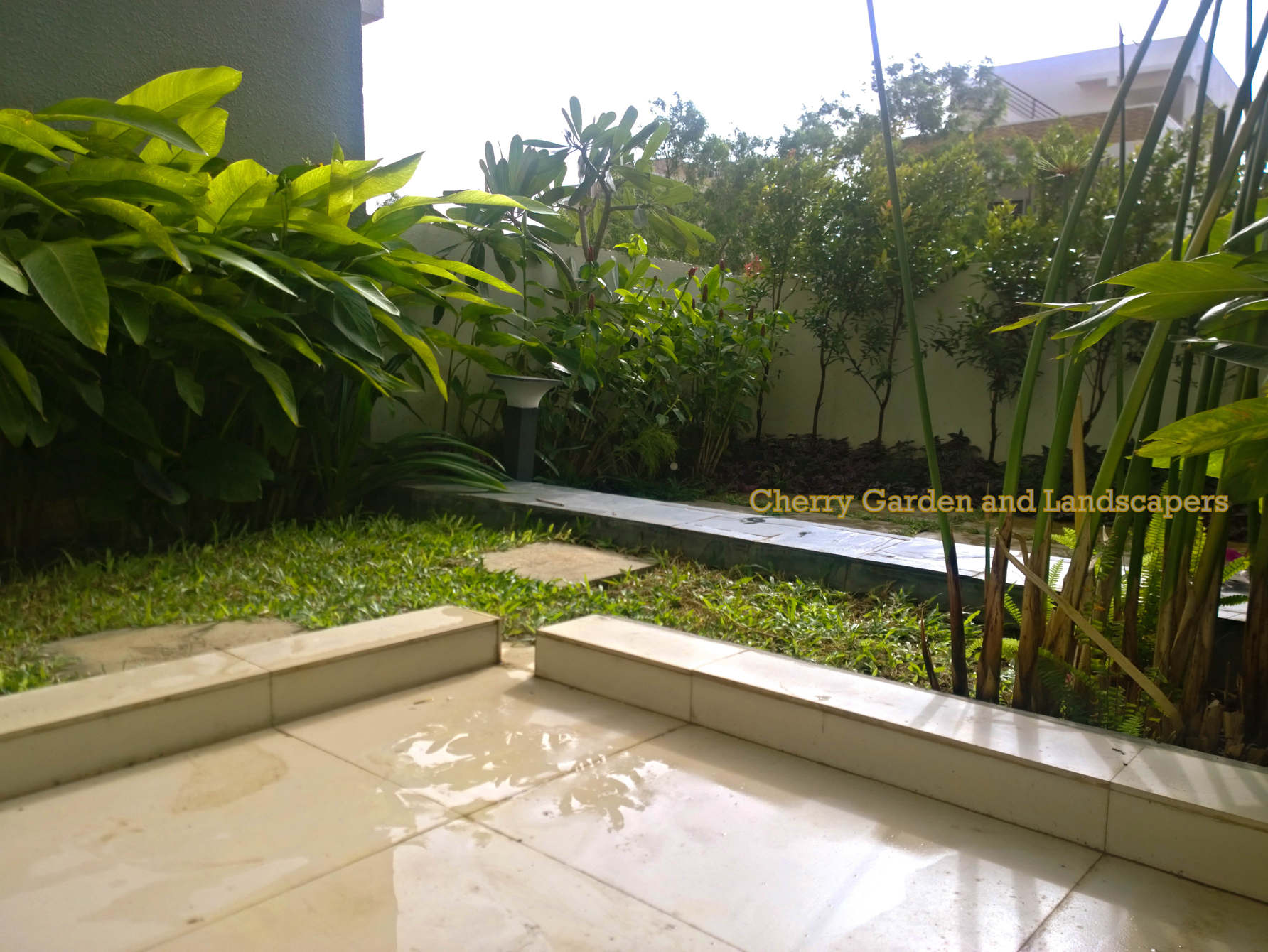
Tulsi, a plant so commonly seen and worshiped in almost every household in India is quite an easy plant to grow.
With proper care, which is effortless, these semi-hardy perennials can thrive for years.
But, why is it that most home owners struggle growing them?
If you are buying or bartering new seedlings every 6-8 months, seeing it to turn hardy and leafless within a short span of time, you need to learn how to take care of the plant.

The first and most important reason your plants aren’t growing well could be over watering. Overwatering causes these plants to wilt, the leaves turn pale and ultimately turns yellow before falling, since they are religiously watered every day and during every season in India, it is important to allow good drainage for the plant.

Another common problem could be soil caking. Hard soil doesn’t let the roots penetrate, could retain too much water which in turn makes the plant suffer.
Compost/Manure is an important requirement for the plant which is often neglected. Red Soil, while it does contain certain nutrients, isn’t organically rich and IS NOT everlasting. Tulsi plants do seek support from the growing medium but dumping in just Red soil won’t be of any help at all. Make sure to mix roughly equal proportions of Sand, Soil and Compost while planting Tulsi seedlings.
While Holy Basil can thrive in partial shade, it grows well in full sun areas. Make sure that it gets al least 4-5 hours of good sunlight.
All we’d ask of the Tulsi plant, is for it to grow bushier with lots of healthy leaves. Nobody likes the plant to be tall and woody with just a pair f leaves at the tips of each branch. In order for your Tulsi plants to perform as per your requirements, it is essential for you to be aware of the plant growth and behavior.
The plant matures once they grow flowers and seeds, this means it gets ready to promote new plant growth, drops it’s seeds and starts retiring. Consider this as the plants making space for the new saplings (it’s offspring).
Make sure that you trim these flower buds as early as they are forming to promote good leafy growth. If you are intending to grow a wider, bushier plant instead of a woody tall one, pinch the new growth of leaves when they are forming 6-8 pairs of leaves.
Regularly remove old and dried leaves, this helps the plant concentrate it’s nutrition on new leaves and branches.
Our grand parents often practiced pinching of fresh leaves and dropping them in the holy water of the copper vessel on the altar, drinking the herb infused water after worship as prasadam. This practice not only benefited us as the has antioxidants, helps relieve stress and immune stimulating properties but also took care of the pruning needs of the plant. You can consider bringing these practices back in your daily routine to get benefited.

Other means of harvesting these plants are to simply trim the branches and leaves of the plant using a pair of garden scissors once the plant reaches a height of 12- 15 inches, dry them in the sun until the leaves are crisp. These leaves can then crumbled and stored for long term usage.

Holy Basil is generally immune to pests, provided that it is growing in a healthy environment.
Growing in poor conditions might infect the plant with Aphids, Mealy Bugs and other Soft scaled insects. Spraying an insecticide made of a combination of a spoon of cooking oil and a spoon of dish washing liquid in one litre water is a good solution to drive the pests away.

















You must be logged in to post a comment.